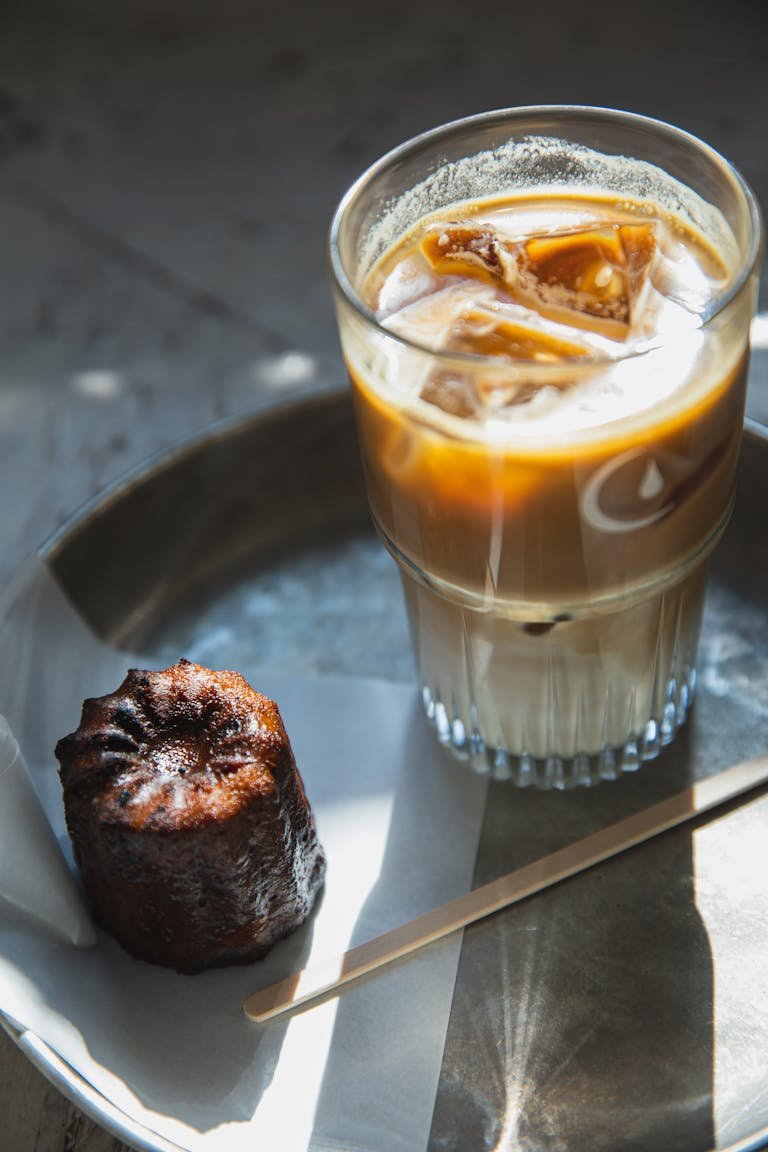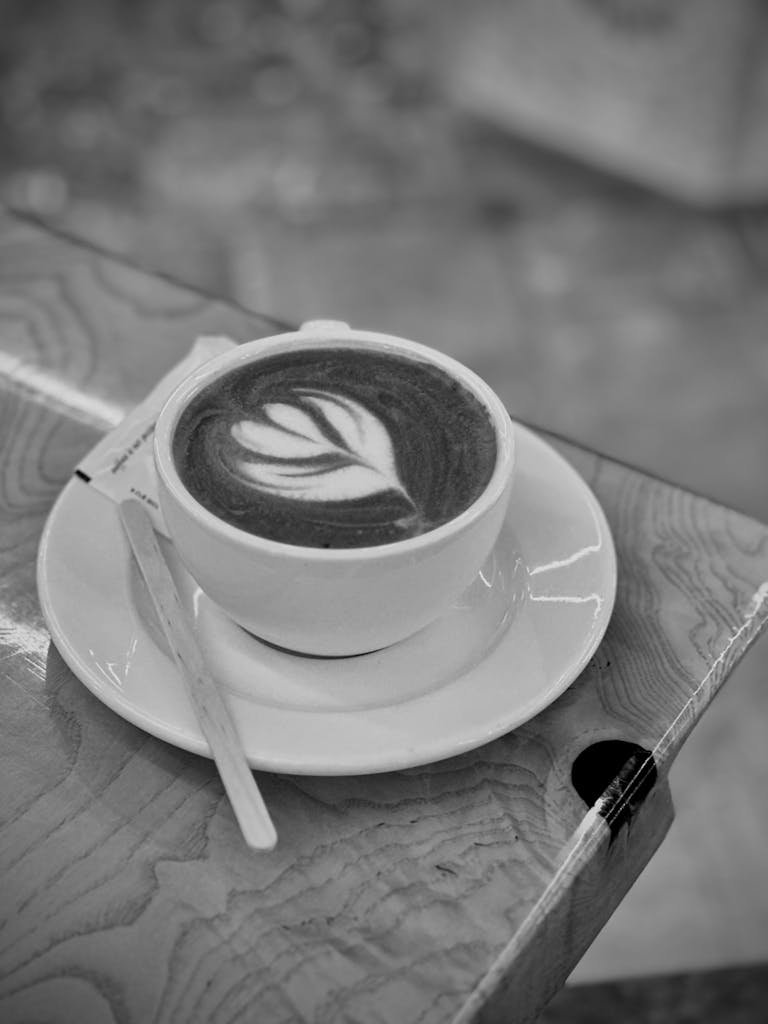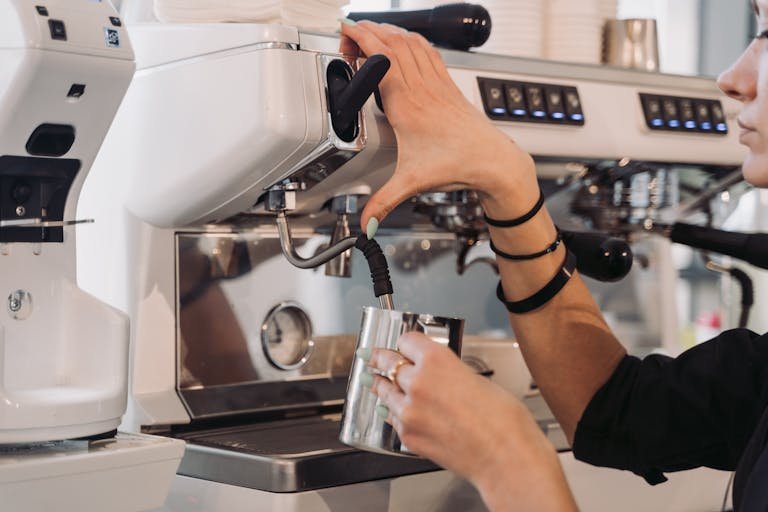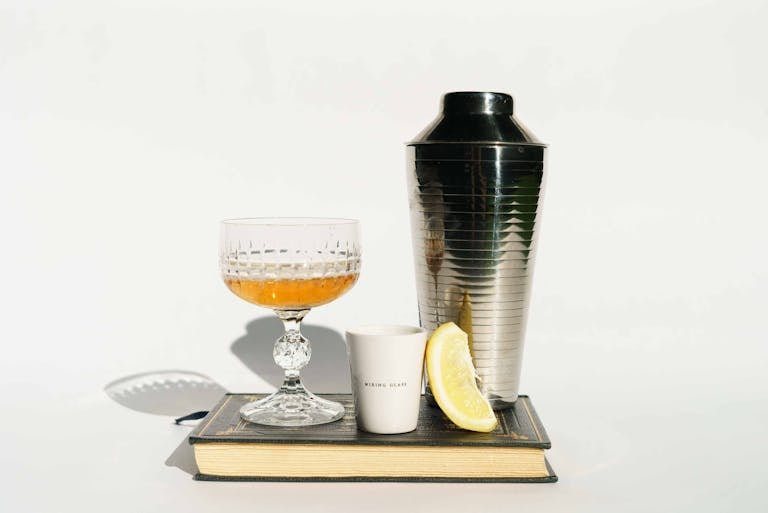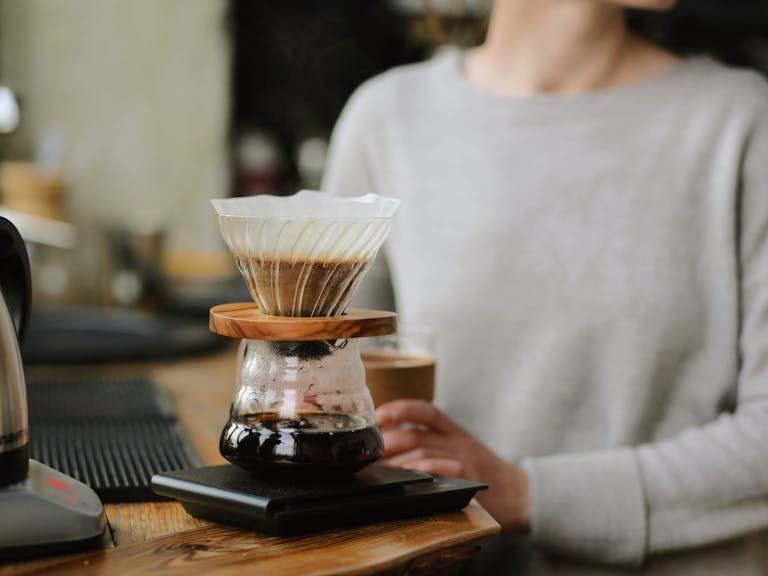You’re at your favorite café, pondering over the menu, when your eyes lock onto those two words—Chai Latte. Suddenly, a wave of uncertainty hits. Is it tea or coffee? The answer, as you’ll discover, is a delightful fusion of both. But the journey of how we arrived at this modern beverage is a tale that spans continents and centuries. What exactly is a chai latte, and why does it have the power to entice both die-hard coffee lovers and ardent tea enthusiasts alike? Join us as we unravel the mystery of the chai latte, from its historical roots to its current place in the evolving landscape of beverages.
What is a Chai Latte?
A chai latte is more than just a trendy drink; it has rich cultural and historical significance. Originating in India, “chai” simply means “tea” in Hindi. Traditional chai, also known as masala chai, has been a staple in Indian households for centuries. It’s typically made by brewing black tea with a mixture of aromatic spices and herbs, such as cinnamon, cardamom, cloves, ginger, and black pepper.
These spices not only add flavor but are also believed to offer various health benefits. For instance, ginger is known for its anti-inflammatory properties, while cinnamon can help regulate blood sugar levels. Masala chai is traditionally brewed in milk and sweetened with sugar, making it a comforting beverage enjoyed by millions daily.
The term “latte” is derived from the Italian word for milk. In the context of coffee, a latte is a drink made with espresso and steamed milk. When the concept of chai was introduced to Western cultures, it merged with the idea of a latte, resulting in the chai latte—a harmonious blend of spiced tea and frothy milk.
Modern Chai Latte
The introduction of chai to the Western world marked the beginning of a new era for this ancient beverage. Cafés across America and Europe began offering chai lattes, adapting the traditional recipe to suit Western palates. The modern chai latte typically involves brewing chai concentrate (a strong brew of spiced tea) and mixing it with steamed milk.
Various cafés offer different variations of the chai latte. Some use pre-made chai syrups, while others brew fresh chai in-house. You can find chai lattes sweetened with honey, maple syrup, or agave, and made with various types of milk, from dairy to almond, soy, and oat milk. Each variation brings out unique flavors and textures, catering to a wide range of preferences.
The popularity of chai lattes has also led to the creation of innovative twists on the classic recipe. Some popular variations include the iced chai latte, perfect for warm weather, and the dirty chai latte, which includes a shot of espresso for an added caffeine kick.
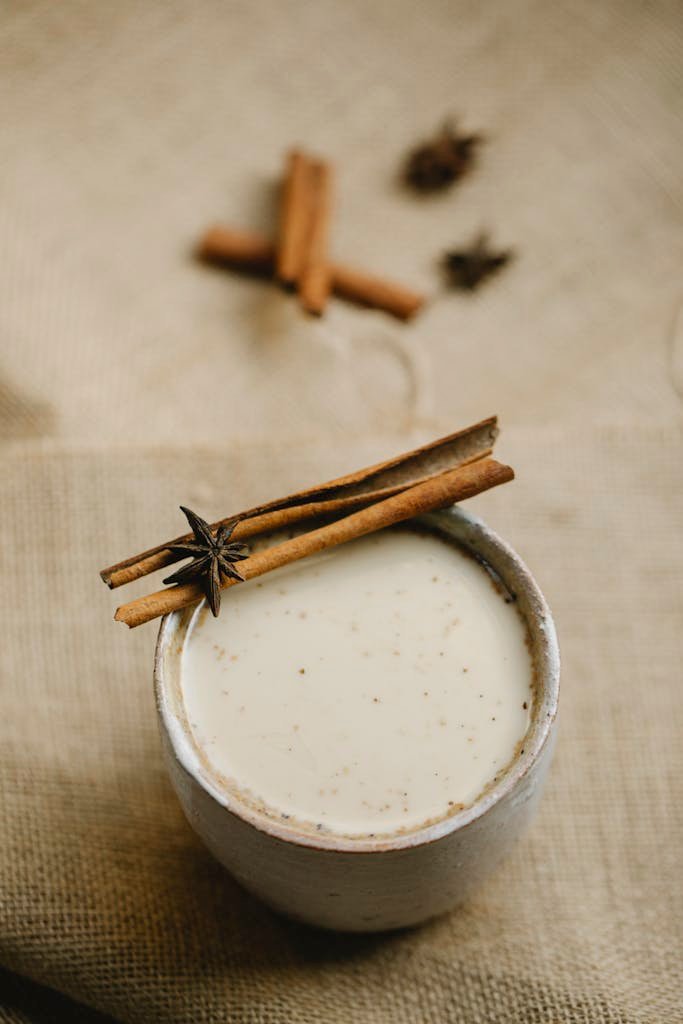
The Future of the Chai Latte
As consumers become more health-conscious and adventurous with their taste buds, the future of the chai latte looks promising. We can expect to see an increase in plant-based milk alternatives, catering to those who are lactose intolerant or prefer a vegan lifestyle. Sugar-free options will likely become more prevalent, addressing concerns about excessive sugar consumption.
Flavor innovations are also on the horizon. Imagine a chai latte infused with exotic fruits like mango or passion fruit, or enriched with nuts like almond or hazelnut. The possibilities are endless, and as consumer preferences evolve, so too will the chai latte.
How is a Chai Latte Made?
Making a chai latte at home is easier than you might think. Here’s a step-by-step guide:
Ingredients:
- 2 cups water
- 2 black tea bags or 2 tablespoons loose-leaf black tea
- 1 cinnamon stick
- 4-5 cardamom pods
- 4-5 cloves
- 1 small piece of fresh ginger, sliced
- 1 teaspoon black peppercorns
- 2 cups milk (dairy or plant-based)
- Sweetener to taste (sugar, honey, agave)
Instructions:
- Prepare the Chai Concentrate:
- In a saucepan, bring water to a boil.
- Add the cinnamon stick, cardamom pods, cloves, ginger, and black peppercorns.
- Reduce heat and simmer for 10 minutes.
- Add the black tea and steep for an additional 5 minutes.
- Strain the mixture to remove the spices and tea leaves.
- Froth the Milk:
- While the chai concentrate is brewing, heat the milk until it’s warm but not boiling.
- Use a milk frother or whisk to froth the milk until it’s creamy.
- Combine and Serve:
- Pour the chai concentrate into a mug.
- Add the frothed milk on top.
- Sweeten to taste and enjoy!
For an iced chai latte, allow the chai concentrate to cool and serve over ice with cold milk. To make a dirty chai latte, add a shot of espresso to your chai latte for an extra caffeine boost.
Health Considerations
While chai lattes can be a delicious and comforting beverage, it’s important to be mindful of their nutritional content. Store-bought chai lattes or those from cafés can sometimes be high in sugar and calories. To make a healthier chai latte at home, consider using unsweetened plant-based milk and natural sweeteners like honey or agave in moderation.
The spices used in chai lattes also offer various health benefits. Ginger can aid digestion and reduce inflammation, while cinnamon has antioxidant properties. Black tea itself contains antioxidants that can help improve overall health.
For those with dietary restrictions or preferences, there are plenty of ways to customize your chai latte. Use almond, soy, or oat milk for a dairy-free option, and adjust the spice levels to suit your taste.
Read Also: What is a Spanish Latte? Uncover the Magic
Conclusion
The chai latte is indeed a fascinating beverage, bridging the gap between tea and coffee. Its rich history and cultural significance, combined with modern adaptations, make it a versatile and beloved drink. Whether you’re a coffee lover, tea enthusiast, or health-conscious consumer, there’s a chai latte variation for you.
We hope this guide has answered your questions and inspired you to try making your own chai latte at home. Experiment with different spices, sweeteners, and milk options to create a chai latte that’s uniquely yours. And if you have any feedback or questions, we’d love to hear from you!
Craft your perfect cup of chai latte today and join the community of chai enthusiasts who appreciate the blend of tradition and innovation in every sip.

